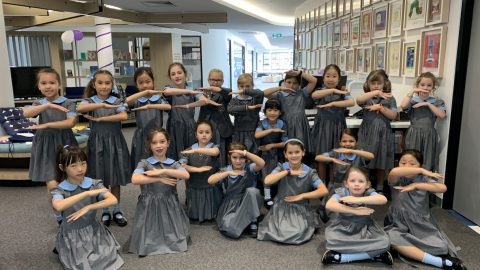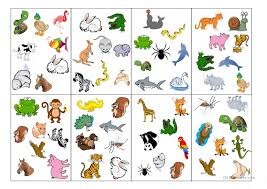Junior School – Barbreck News – What are ‘Thinking Routines’ and why do we use them?

In Barbreck our ongoing daily commitment is to prioritise students’ academic learning and development. To assist students with their learning, we utilise a number of tools to encourage and support students to build knowledge and understanding.
A Thinking Routine is a tool or framework for learning that encourages students to develop their attention on specific thinking strategies, assisting them to build understanding. Being able to acquire new knowledge is critical for learning to occur and for establishing deeper understanding. Early research into thinking, focused on understanding as a prerequisite for more complex reasoning. More recent research now sees understanding as a result of a range of complex reasoning skills such as analysis, evaluating and creating (Wiske, 1997).
While there are a number of thinking routines, it is the teacher’s skill in selecting the one that best promotes the type of thinking they are exploring in the lesson. One such thinking routine is Generate-Sort-Connect-Elaborate. This particular routine is used when concept mapping. An example of this can be seen below when the students are provided with photographs of approximately 20 different animals.
Generating ideas on how animals can be organised.
In this activity, students will discover a myriad of ways to categorise animals. For example, the number of legs, land vs water, outer coverings. This stage is a similar to brainstorming ideas.
Sorting
An important step as the students begin to separate their animals under various headings. Some might initially sort only under two such as land or sea animals. As they begin to organise, they discover that the groups are too large and will require further sorting. This provides the opportunity for the students to refine their thinking as they explore other ways.
Connect
During the sorting process, the students start to make connections. For example, most land animals have legs, while most sea animals do not. Sea animals often have gills or blow holes for breathing while land animals have noses. At this stage the girls connect with their prior knowledge but also make new connections through their observations and ideas.
Elaborate
The connections enable students to explore their thinking and expand the concept map. An example of such an expansion could be with the number of legs: two legs (bipeds: human and birds), four legs (most mammals), six legs (insects) and eight legs (arachnids).
As you can see, this one Thinking Routine can be utilised to develop and expand students’ thinking by guiding them through the learning process to think differently, organise ideas, make connections and explore further. The result provides students with learning opportunities for thinking to obtain a deeper understanding.



